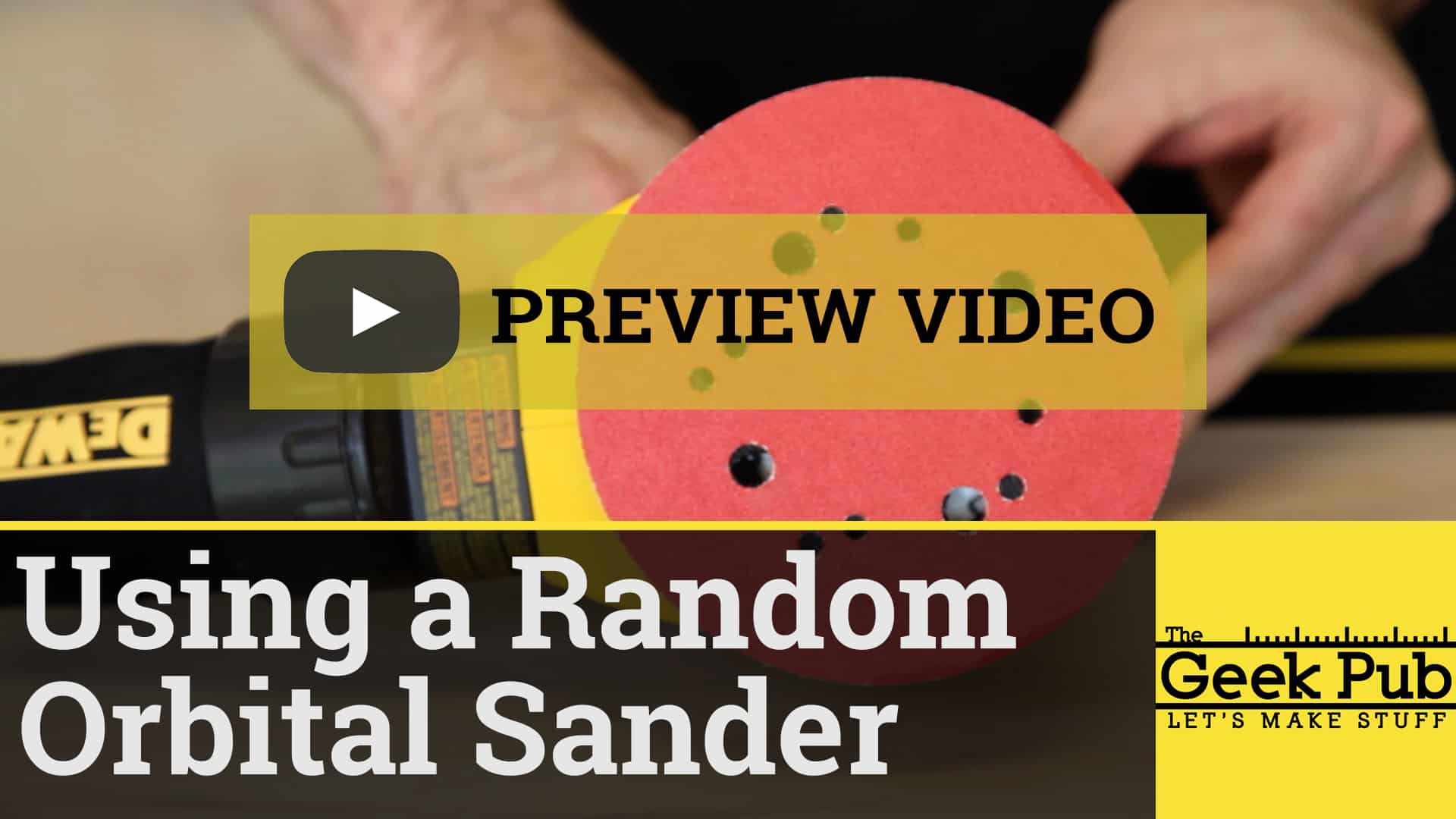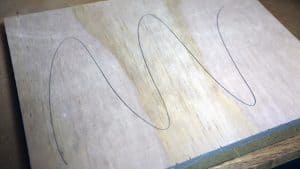Most orders for IN STOCK items placed by 12PM CST M-F ship SAME DAY. Orders for custom items and prints may take additional time to process.
A random orbital sander is a staple of every shop, or if it is not, it should be! This is a very versatile tool for getting an incredibly smooth and scratch free finish onto your projects, whether woodworking, plastic working, or metal working. There’s quite the diversity of applications for this tool!
There was a time when there were only oscillating sanders, belt sanders, and disc sanders. The random orbital sander is the of course the next generation of the age old disc sander. In fact the random orbital sander is fairly new kid on the block in the big scheme of things, not hitting the market until 1982. And much like the tools that came before it there is of course a right way and a wrong way to use it.



To use a random orbital sander correctly you should keep the following in mind:

The sanders are designed to work with minimal pressure. Pressing down on them will slow down the RPM at which they operate. This will 
If you’re having trouble seeing the progress of your sander there is a simple trick you can use that will make it much easier to see where you’re going and where you’ve been. Using a pencil mark a sine wave line on your material. As you sand some of the pencil will start to disappear. You can continue to add pencil marks until the entire surface is even and flat to your liking.
Most random orbital sanders also have holes on the sanding media that allow for dust collection to occur by pulling the particles off of the working material and into the sander itself. The sander can come with a bag attached to the back or some kind of filter. The best option of course is a hose attached to an active dust collection system.
If you like our content maybe consider upgrading to Premium. You’ll get access to
4 Responses
Thank you so much for this helpful article. I’m an old widow who has never before usedan orbital sander, but having read your helpful advice I feel confident about trying my hand at sanding my wooden kitchen unit which has become stained over the years.
5
0.5
1.5